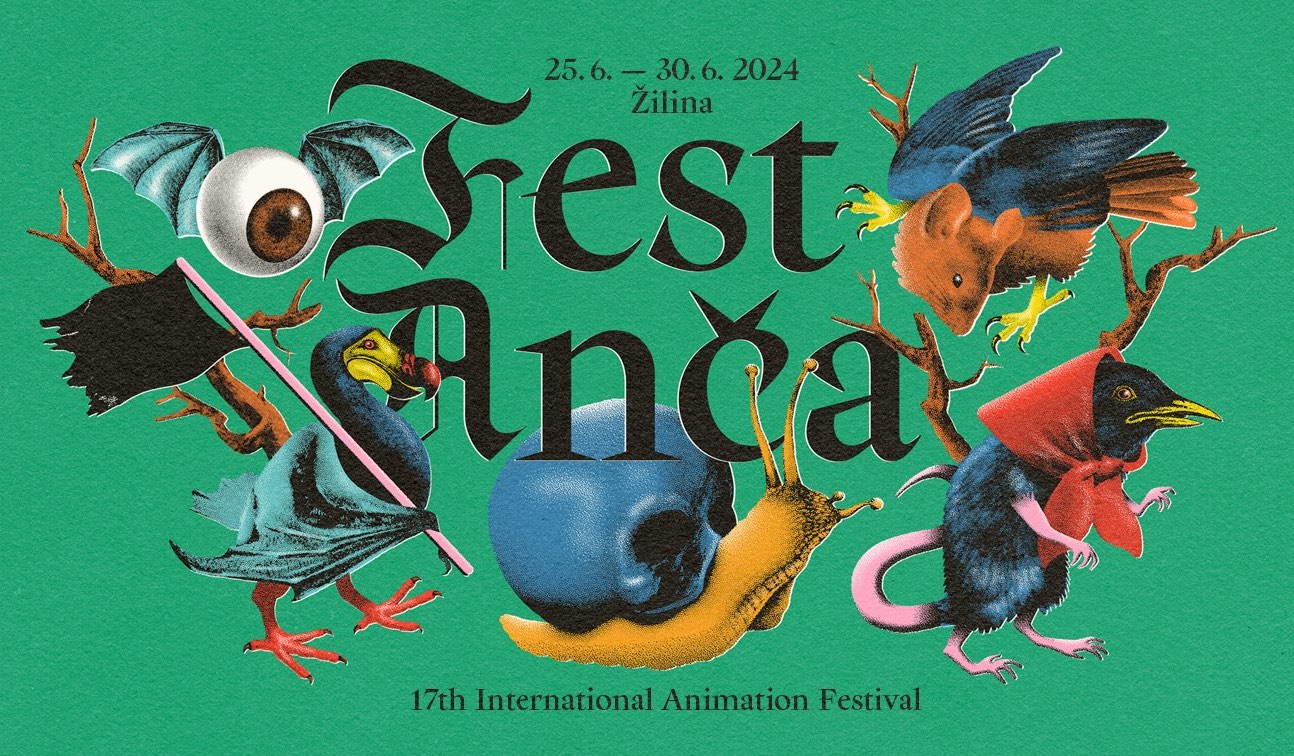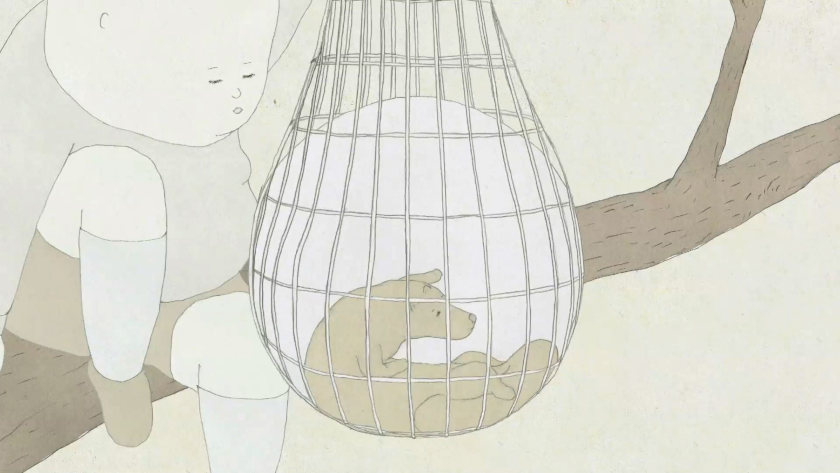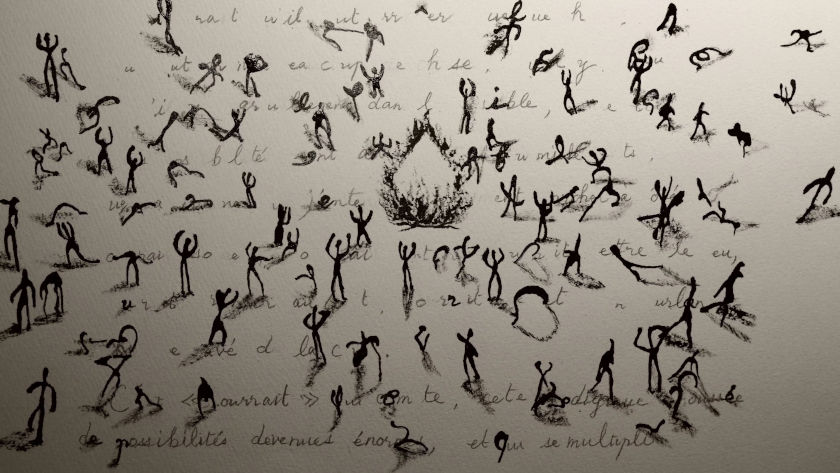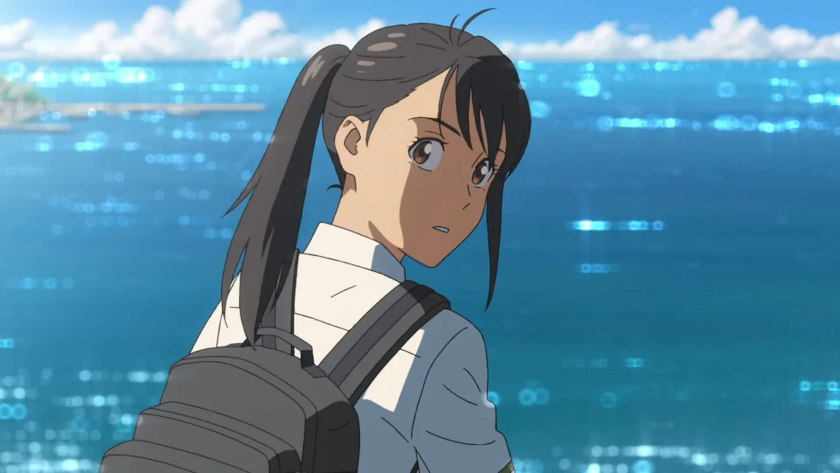Patlabor 2: The Movie (1993) Film Review: The Illusion of Peace
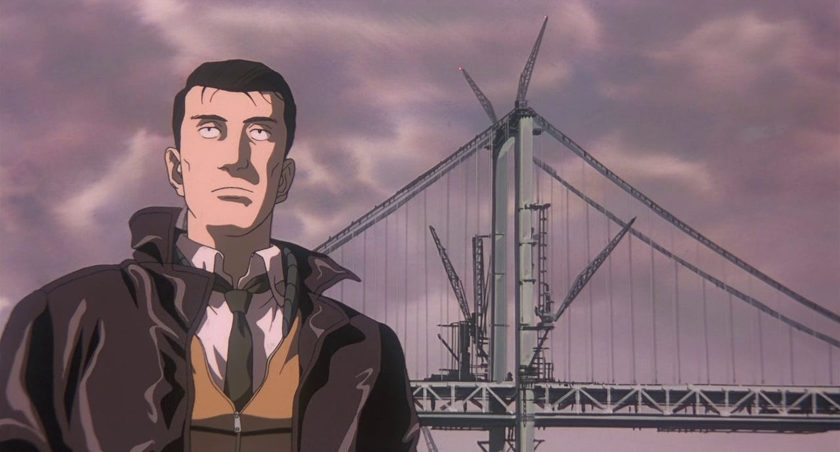
The Patlabor franchise is divided into two distinct realms: the anime series and the cinematic experience. Following the success of the OVA the first was released in 1989. In a dystopian Tokyo, errant Labors, armed with the Hyper Operating System (HOS), have unleashed a self-replicating virus, wreaking havoc on the Ark, the administration that supports the Metropolitan Police Department. Anticipating a typhoon's imminent arrival within the next two days, a mecha revolt, orchestrated through the Babylon Project, topples the nerve center of Nippon. The mecha went out of control, as in Metal Skin Panic MADOX-01movie, the first demonstration of the advanced battle tank rebellion.
'Patlabor 2: The Movie' stands alone as a film that represents the threat of war violence of the United States. The collaboration between Mamoru Oshii and Production I.G. would have given rise to 'Ghost in the Shell', a spiritual successor that delves into the discourse on human alienation from anthropic nature. While technology evokes a sentiment of profound sadness, the white seagulls soaring above and around the metropolis serve as symbols embodying the entanglements of urban life. The director addresses the significance of morality concerning the transformation of Japan during the postwar era. The unjust peace exposes the hypocrisy of the State, exploiting the world's evilness: “Many people are God, usually in a universe no bigger than their own minds, all-present, all-knowing. And yet, impotent outside the confines of their heads. And what God cannot do, men will attempt”. the Yokohama Bay Bridge is obliterated by a missile, under the belief that the perpetrator aims to seize control of the populace. The terrorist attack was intended to expose the military inadequacies of the government.
Japan was the victim of an apparent foreign invasion taking place on their soil. Distrust between the police and SDF played a role in sparking an armed conflict. With the declaration of martial law, the government seems incapable of managing the public outcry, leading to the escalation of tensions into a civil war. The audience struggled to comprehend the ethical considerations presented in the film. The play delves into political parallels, serving as an allegory for a remilitarization, depicting a cycle of conflict, and exploring the illusion of peace. Tokyo is occupied by tanks and infantry, a silent army, stripped of weapons and left defenseless, thus emphasizing their vulnerability. Americans bring bullets and death, with the nuclear deterrent symbolizing the foundation of Japanese wealth –the specter of an eternal conflict laid upon the corpses of Hiroshima and Nagasaki.
The opening scene shows UNTAC, the United Nations peacekeeping operation that occurred in Cambodia. After World War II the Japanese forces could not partake in any military operation on foreign soil. Yukihito Tsuge seeks authorization to confront an approaching unit. The superiors reject the regiment's request to withdraw until Canadian reinforcements arrive. Despite the subpar equipment being deactivated, the colonels disobeyed the order, anticipating incoming allies to quell the hostilities. Although everyone dies except for the villain, the action is deemed a success. Oshii does not object to the villain's desire to punish the political system, but the scope of the antagonist who, in the guise of the author's other self, attacks the hypocrisy of post-war peace.
Nippon has benefited from the violence derived from colonial, and imperial atrocities, capitulating to the Supreme Command for the Allied Powers (SCAP), aiming to empower the Japan Ground Self-Defense Force (JGSDF). Amidst rampant inflation, persistent hunger, poverty, and nascent rebellions, the prevailing conditions prompt a reconsideration of occupational policies regarding the National Police Reserve. To prevent it from becoming a threat to world peace, the Allied Forces, inspired by the principles of international peace, acknowledged their inability to defend the national soil from any invasion. Within the meaning of Article 9 of the Constitution, renouncing the war as a sovereign right of the nation, Japan denied the right of belligerency of the State, solely involved in the Cold War.
The norm requires those who have been defeated to renounce any engagement in belligerent conflicts, thereby relinquishing the sovereignty right to hostilities by the State and renouncing de facto military forces. This founding doctrine aims to facilitate peacekeeping efforts and strengthen diplomatic ties with the wider world. Fractal laws instigate animosity between cultures, creating discomfort: “It may be an immoral peace, maybe an unjust peace. But an unjust peace is still better than a just war. I share your revulsion about just wars. But how many people have died in the cause of what their leaders have called just wars? Millions?”.
The film is deeply rooted in the political landscape of Japan, serving as a model for the peaceful resolution of international disputes. Similarly, an unjust peace is causing the nation to become complacent, oblivious to military regimes engaged in a path of ethnic strife and armed conflict. Two years after its release, similarly to the zeppelin explosion depicted in the movie, the Matsumoto sarin gas incident, followed by the Aum Shinrikyo terrorist attack, occurred. The attack poisoned city users, aiming to trigger an apocalypse – a doctrine of mutually assured destruction (MAD), intending to provoke a war that would bring about the end of all hostilities. Despite the economic
prosperity satisfying political appetites, the terror of the inevitable looms, with the hands of bureaucrats stained with blood. The upcoming generations of Shinjinrui tend to adopt a pacifist stance, condemning the war. This ideology serves as a counter-position against nationalists, aligning with a national identity that takes pride in maintaining peace and abstaining from military conflicts.
The intention is to safeguard Japan's cultural identity and shield the region from encroachment by Western invaders: “War is born of peace and still peace is born of war.” The State remains unable to shake off the trauma of nuclear bombings. The illusion of peace through deterrence legitimizes a universal brotherhood, proving to be nothing short of a pipe dream. Negative portrayals have contributed to Japan's defeat, and the military prowess that once brought national pride now marks an ideological regression. This represents a shift toward discredited and rehabilitated militant nationalism. The prophet's objective is to sow discord within the militia, disrupting Japan's political status quo. The apparent surrender should be interpreted not as a defeat but as a strategic victory to caution the State. Snow falls on Tokyo, mirroring a seemingly peaceful atmosphere filled with underlying unease. The Unnatural City, the soundtrack of the movie, appears surreal.
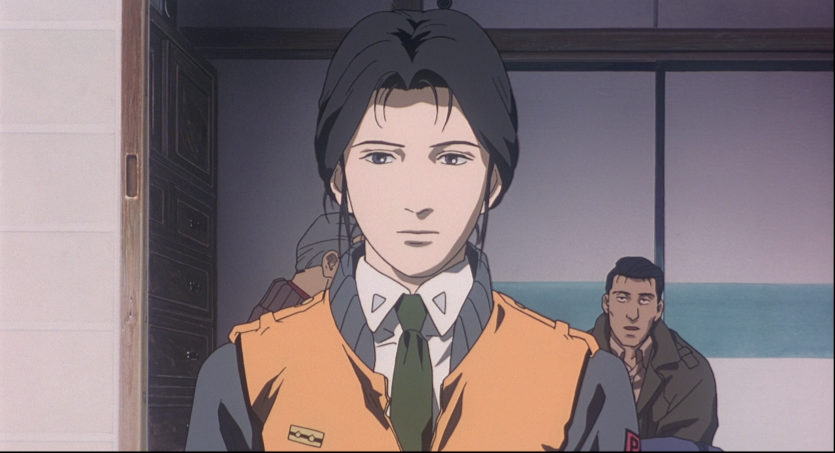
The shining sunrise casts its light on the policemen's machine guns, while people, in the backdrop of this scene, laugh in the face of death. Despite the apparent joy, the serenity succumbs to the impermanence of the conflict, as a breeze carries the wings of seagulls away from the illusion of inner peace, Mamoru Oshii stated: “If people were capable of realizing those dangers, I would not have to make my films. Is there more value in an unjust peace over a just war? The line between them is far murkier than it appears as you cannot distinguish them at all”.
contributed by: Giovanni Maria Seregni




